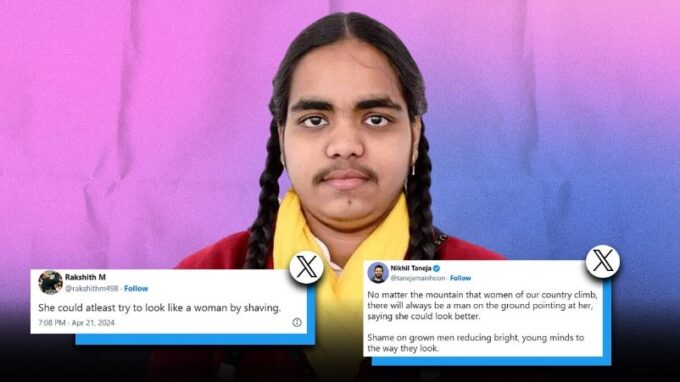Weekly update
Weekly Newsletter
Excepteur sint occaecat cupidatat non proident
Walls that Speak: Graffiti as a Medium of Expression
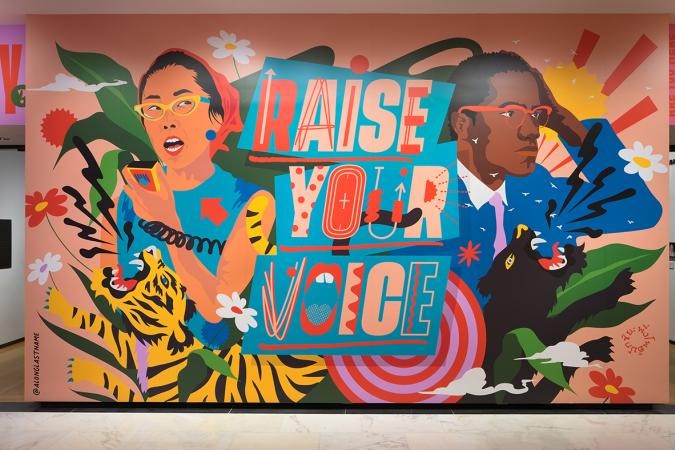
Art and activism often share similar underlying goals, which involve sharing new perspectives, challenging the way things are, voicing opinions, and inspiring people to take action.
Art as Activism
Art typically involves the creative expression of ideas, emotions, or concepts. It is a product of human imagination and acts as a means of communication, allowing artists to convey messages, stories, or concepts. It can serve as a form of expression or commentary and is created with deliberate intention.
Artists make choices about what to include and how to present their ideas or emotions. It is often influenced by the cultural and historical context in which it is created and can reflect the values, beliefs, and trends of a particular time and place.
Sometimes, it aims to provoke thought, challenge established norms, or raise questions. It may not always aim for aesthetic beauty but instead seeks to engage the audience intellectually or emotionally.
This delves into the role of graffiti in different times and cultures in India, to examine how it can activate ideas for both the maker and the audience, and asks you to think critically about different approaches to activism and how you can use your own voice.
The Rise of Graffiti in India
India’s graffiti motion reflects the country’s artistic development and is a mash-up of rebellion, history, and contemporary flair. It came out of the wall art culture, which was mostly used for business and politics. It evolved into a renowned mode of expression that addresses a wide range of subjects, from politics and current events to mythology and modern culture.
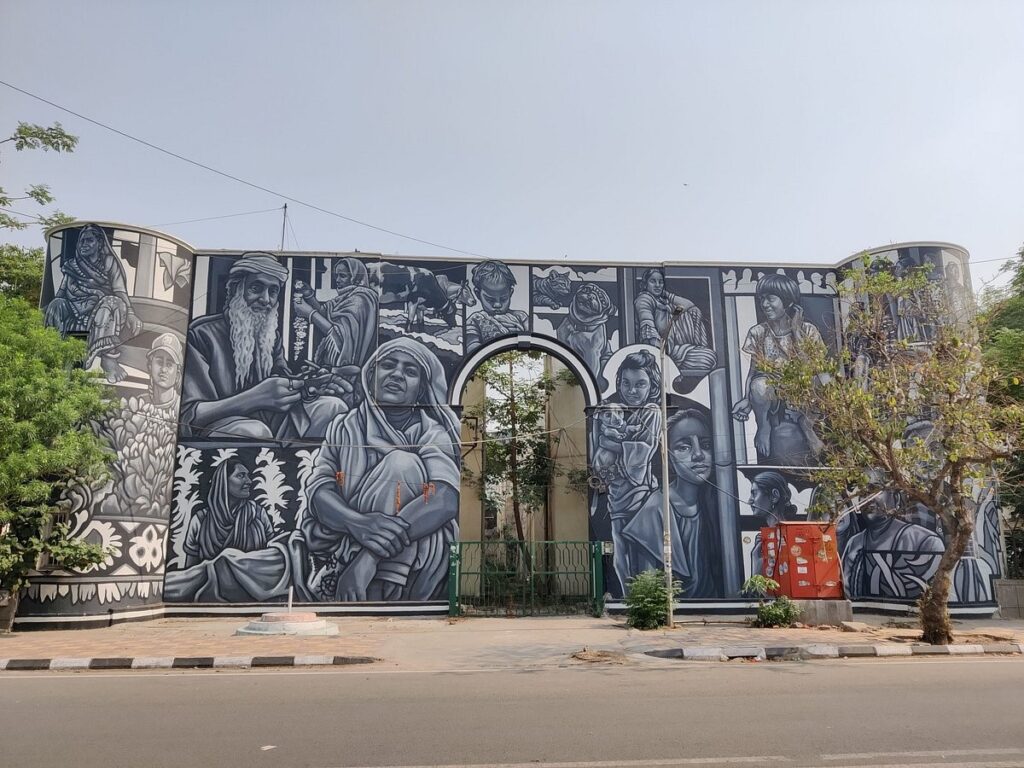
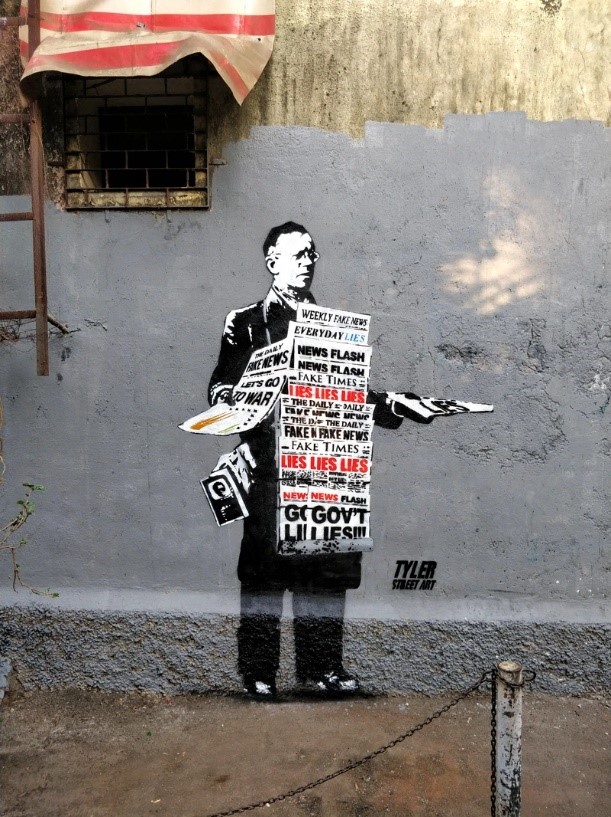
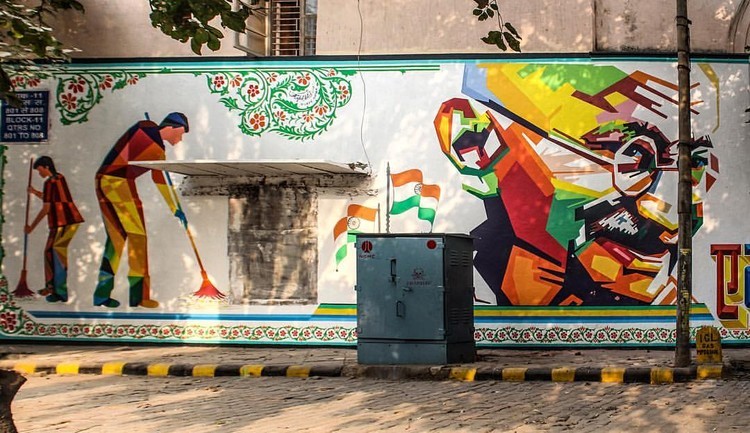
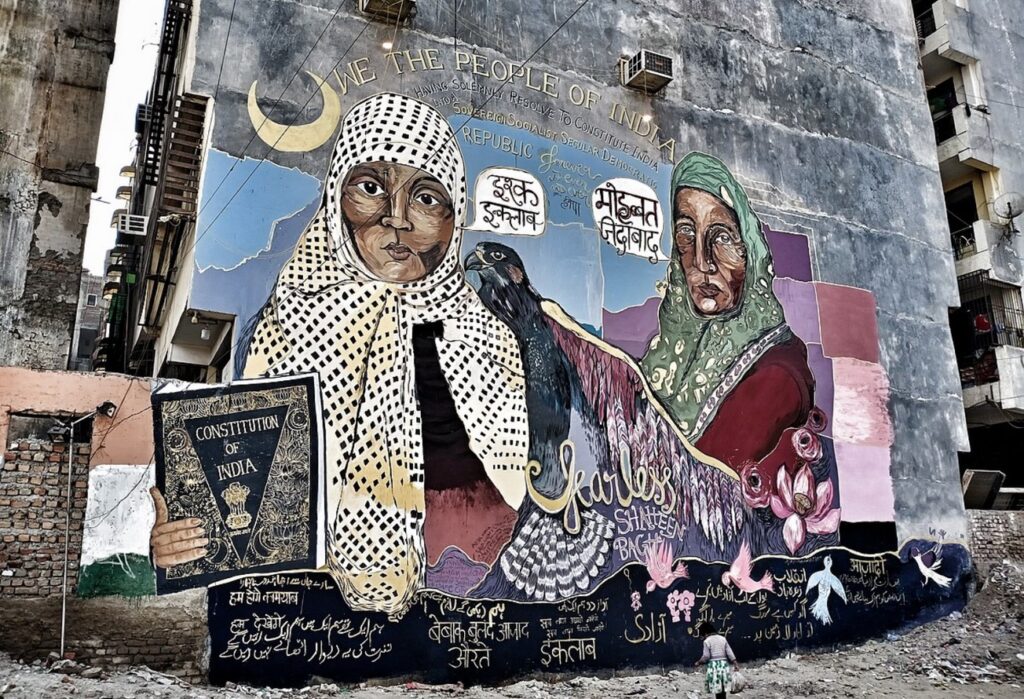
In India, Graffiti was once written off as ‘Vandalism’, but it is now gaining recognition as a valid art form. Delhi and Mumbai saw a rise in graffiti, with artists such as Tyler, Yantra, Daku, and Zine championing the movement.
As they ornamented cities and gained attention, this led to India, making its first trip to the prestigious ‘Street of Styles’ festival in Brazil, which is regarded as one of South America’s biggest hip-hop and graffiti festivals.
India’s embrace of graffiti marks a change in how the world views the art form; what was once considered rebellious destruction is now appreciated on a worldwide scale.
Graffiti as a Creative Expression
India’s growing performance with graffiti artwork showcases a developing desire among the youth to challenge the ‘normal’ and engage in public discourse. Through the usage of these walls as canvas, artists can explore a wide range of themes, from personal narratives to socio-political issues. This grants a platform for marginalized voices, enabling them to share their experiences and express their perspectives that are often overlooked by the mainstream media.
Moreover, one of the most compelling aspects of graffiti is its capability to communicate powerful social and political messages. Transforming public spaces into canvases for expressing a variety of perspectives, it can reach a broad audience, initiate important conversations, and force viewers to confront uncomfortable truths about society.
The Aesthetic Value of Graffiti
Beyond its social and political significance, it has undeniable aesthetic value. It has the potential to transform neglected areas into vibrant spaces. Murals and graffiti pieces add vibrancy and creativity to landscapes, making cities more visually appealing and recognizable.
A Tool for Social Change
Apart from its aesthetic appeal, it serves as a catalyst for social change. Artists engage themselves in producing an outcome that is often thought-provoking, and raise awareness about pressing issues such as gender inequality, inequality, and climate crisis.
By visually portraying these issues in society, they provoke public dialogue and inspire action. Thus, it has become a useful tool for community empowerment, fostering a sense of unity and collective identity.
Personal Expression and Identity
For marginalized communities, it acts as a powerful tool for resistance. Through this form of art, they can easily express their frustrations, hopes, and dreams. It serves as a means for personal expression, allowing artists to showcase their unique perspectives and experiences. Through their graffiti, they can challenge stereotypes, voice their opinions, question social expectations, and gain a sense of pride.
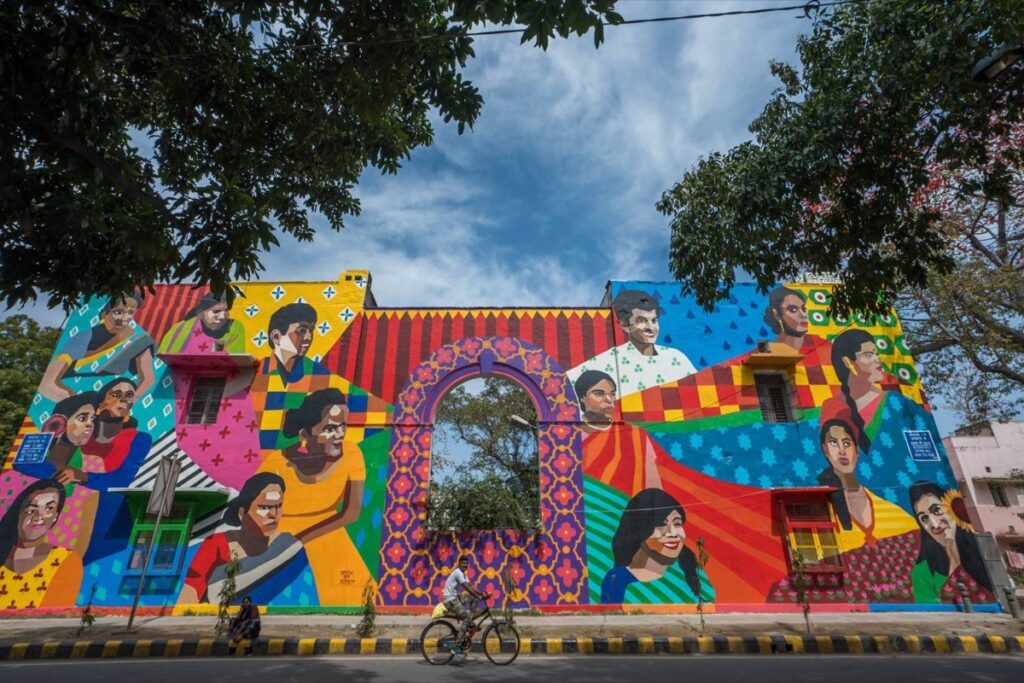
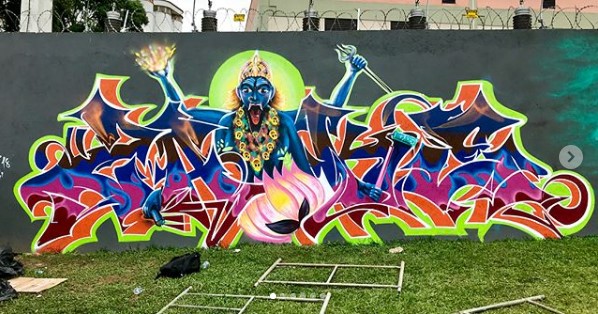
A Promising Future in India
The future of graffiti in India, can be marked by both challenges and opportunities. As the younger generation is becoming more aware and concerned about upcoming issues, graffiti can play an even more significant role in shaping public dialogue. To completely acknowledge its potential, we can address the legal and social obstacles for the graffiti artists and foster a creative and supportive environment for their artwork to thrive.
Youth and Body Image: Confronting the Ugliness of Body Shaming
How often do we hear comments on our bodies from our parents,...
The Clapping Demigod
If I am standing on the road and an individual starts harassing...
Eulogy to Your Past (Ballad)
Congrats if you wish you were dead,Easier done than said, Stab one...
Life as you know, Life as she lives. Life you see & Life you don’t
We here at WO Channel aim to show the hidden parts of...







